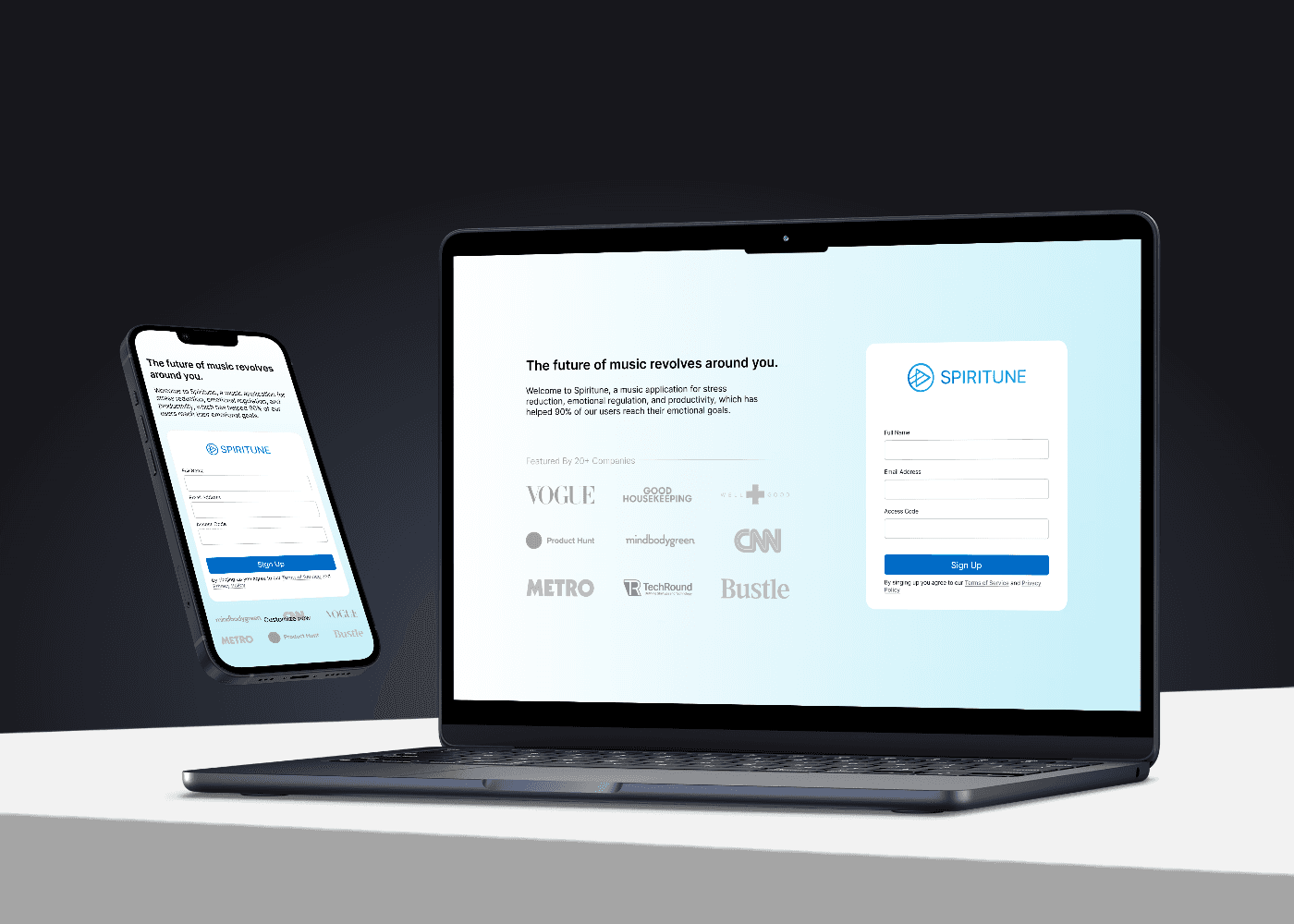Next Stage of UX: Agent First Design
Jessica Cheng
For decades, product design has been built on a simple premise: create beautiful, intuitive interfaces that help humans accomplish their goals. We have obsessed over button placement, color psychology, and the perfect user journey. But what happens when the “user” no longer has eyes to see our carefully crafted interfaces?
Agent-first design represents a fundamental paradigm shift from interface-centric to intent-centric design. Instead of designing static interfaces, we are now creating dynamic systems that flex and respond to both intent and agent capability.
When an AI agent is asked to “book a flight to Tokyo,” it doesn’t need to see a beautiful booking form. It needs structured data, clear APIs, and logical task flows. Agents care about access, not aesthetics.
And this shift is already happening. Salesforce predicts that one billion AI agents will be in service by the end of fiscal year 2026. Microsoft reports that 99% of enterprise developers are either exploring or already developing AI agents. The trend line is steep and unmistakable.
What Agent-First Design Actually Means
Agent-first design does not abandon human users. It serves them more effectively through AI intermediaries that reason, act, and collaborate on their behalf.
Think of it like hiring a personal assistant. We don’t care how the assistant books a flight. We care that it’s the right flight, at the right price, with our preferences applied. Similarly, when AI agents complete tasks, our satisfaction hinges on the outcome, not the pathway.
The Three Core Principles
Intent-First Architecture
We shift from user-journey mapping to intent-system mapping. The central questions: What needs to be accomplished? Which agents have the right capabilities? How do they coordinate?
Cross-Platform Orchestration
Experiences must flex across desktop apps, mobile apps, web services, custom agents, and cloud-based systems. They need to adapt to connectivity, permissions, and context.
Transparent Multi-Agent Coordination
We need clear visibility into which agents are working, how coordination is happening, and when intervention or permissions are required.
From Interface Architects to Experience Orchestrators
Our roles as product designers are evolving. We are no longer simply interface architects. We are becoming experience orchestrators and system builders.
Day to day, this means:
- Mapping intent to systems rather than user journeys
- Creating orchestration rules instead of static wireframes
- Testing live systems rather than only usability flows
- Using development and AI-assisted tools as naturally as design software
The Skills That Matter
- API-first thinking: designing environments agents can navigate
- Prompt and conversation design: shaping agent behavior through iterative refinement
- Systems architecture: building scalable libraries and interaction patterns for agents
New Design Challenges
Zero UI: Designing for invisible interactions where agents act on our behalf without visible interfaces.
Autonomous Systems: Creating transparency and trust when agents take initiative, while gracefully handling errors and uncertainty.
The Future Is Already Here
Microsoft, Salesforce, and AWS are not preparing for tomorrow. They are deploying agent-first ecosystems today. Organizations adopting this shift will lead the market.
As designers, our role is to shape how humans and agents collaborate. The foundation of human-centered design remains essential, but our practice now extends to intent, delegation, and orchestration at scale.
The question is no longer whether we will adapt to agent-first design. It is how quickly and how well. The work we create may never be “seen” in the traditional sense, but it will be felt in the outcomes that define everyday life.




Let's make something users will love!
If you're looking for a product designer who can bridge the gap between design and code, I'm here to help!
Contact Me



